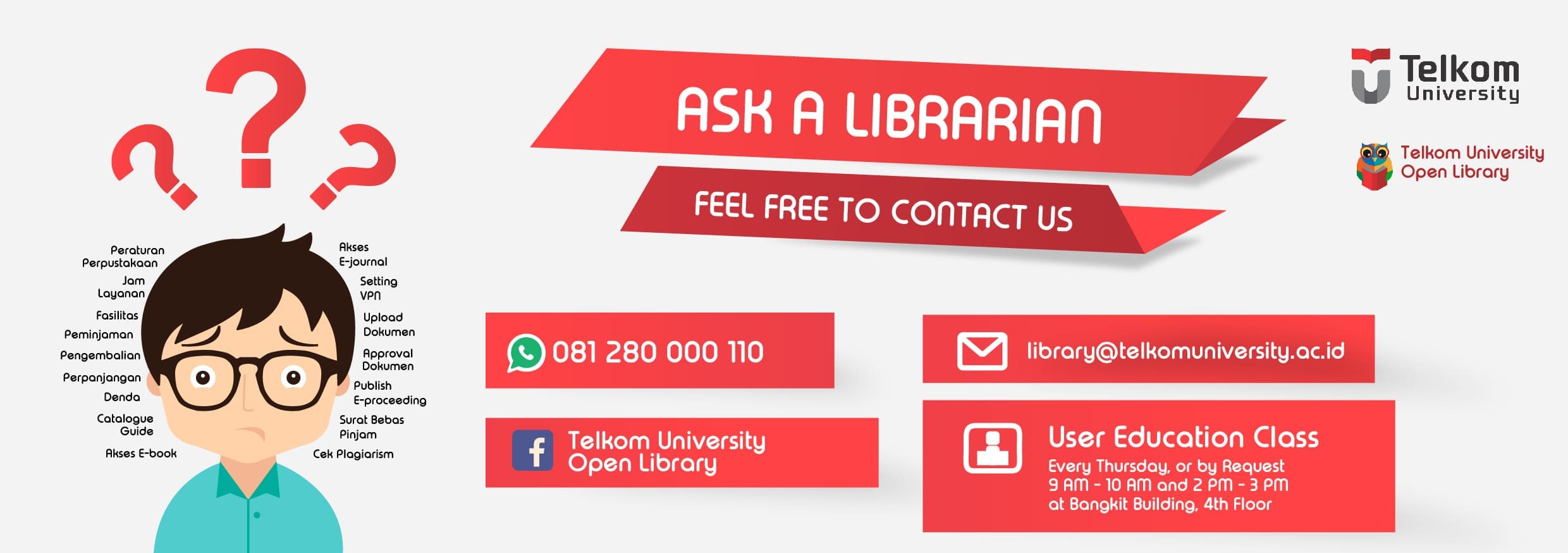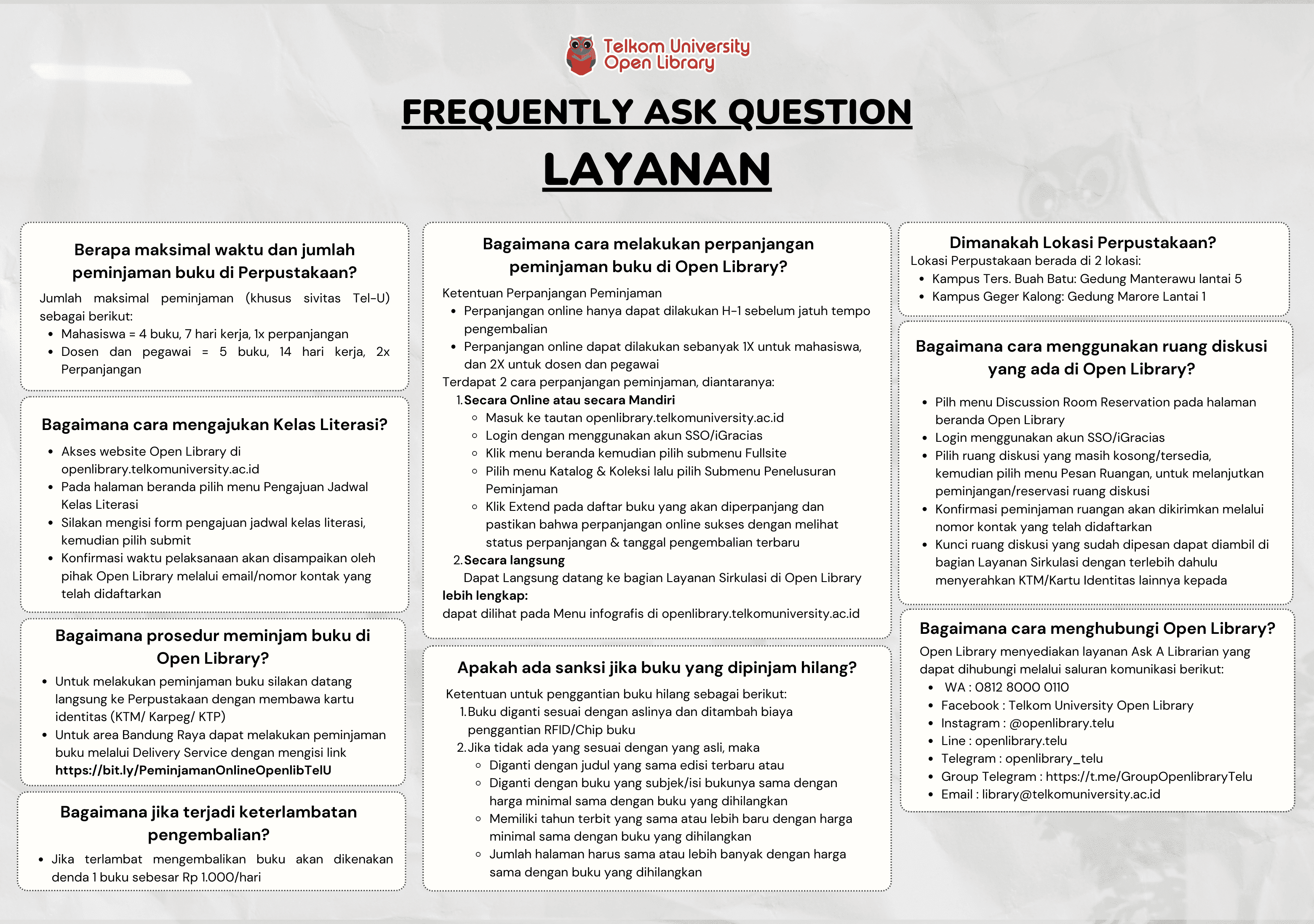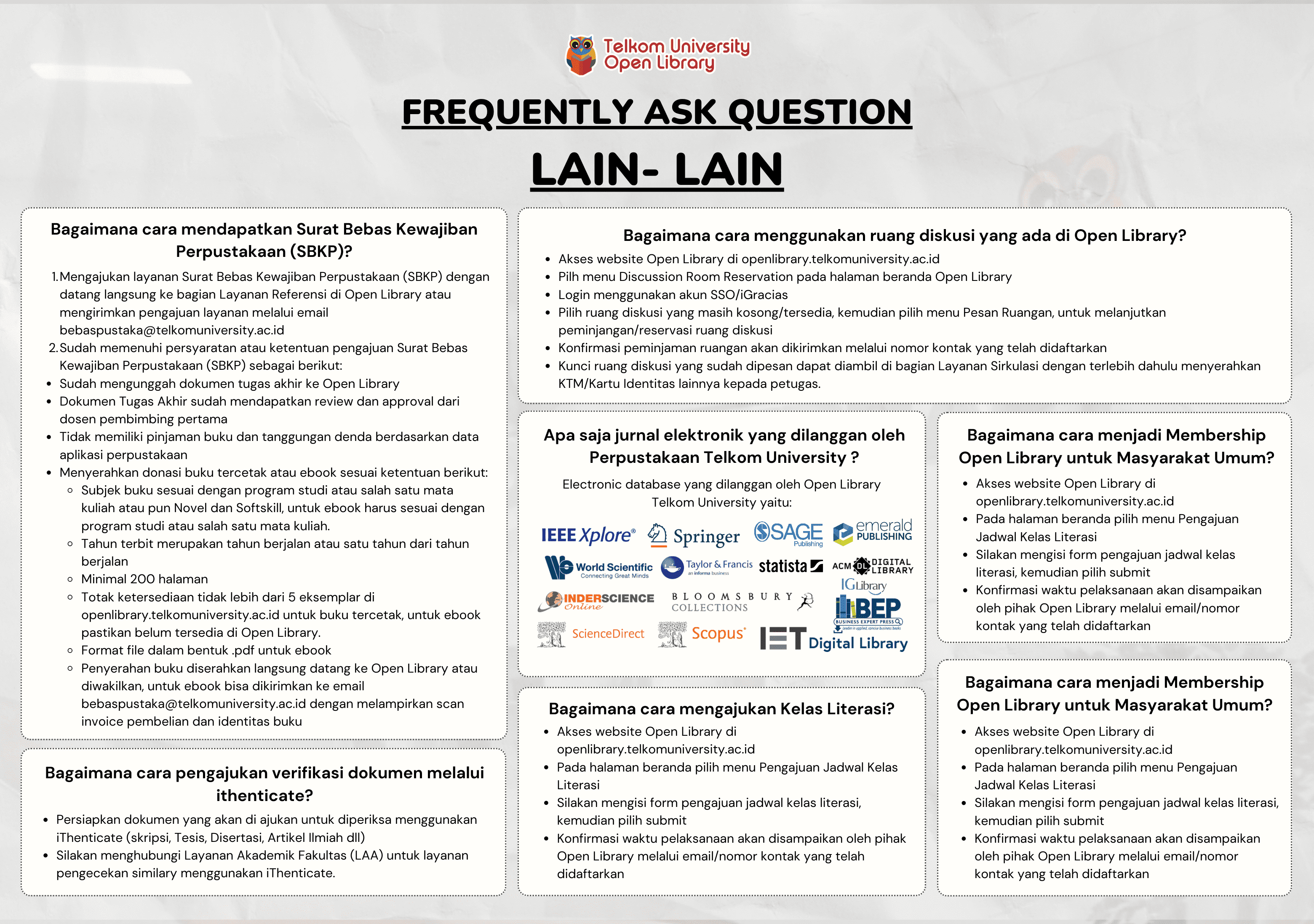STUDY OF THE EFFECT OF SATELLITE’S LATENCY AND KU-BAND PROPAGATION ON USER EXPERIENCE FOR INTERNET AND STREAMING APPLICATIONS - Dalam bentuk buku karya ilmiah
YUSUF GHIFARI CAHYA KELANA

Informasi Umum
Kode
25.05.706
Klasifikasi
000 - General Works
Jenis
Karya Ilmiah - Thesis (S2) - Reference
Subjek
Satellite Communications
Dilihat
35 kali
Informasi Lainnya
Abstraksi
Satellite-based internet connectivity has emerged as a vital solution for providing access in areas lacking terrestrial infrastructure. However, the performance of these services is heavily influenced by satellite orbital characteristics, particularly latency and signal propagation. Geostationary Orbit (GSO) satellites, which operate at high altitudes, tend to introduce higher latency, while Non-Geostationary Orbit (non-GSO) systems offer lower altitudes with the potential for improved responsiveness and data speed. Although prior research has evaluated the technical aspects of both systems, comprehensive quantitative studies that integrate user experience metrics remain limited, especially in the context of Ku-band internet services.<br /> Although several previous studies have examined the technical aspects of geostationary and non-geostationary satellite systems, most have not directly integrated network performance metrics with user perception. This study addresses that gap by conducting five consecutive days of measurements on key technical indicators such as latency, jitter, and throughput, alongside user experience assessments using a questionnaire based on ITU-T P.800. The instrument underwent a series of statistical analyses, including validity and reliability testing, which confirmed that all constructs fell within the acceptable range and demonstrated internal consistency. The data distribution was also confirmed to meet normality assumptions, enabling the application of appropriate inferential statistical methods. To examine differences between groups, the Mann-Whitney U test was employed, while confidence intervals were used to strengthen the interpretation of observed differences.<br /> The measurement results suggest that non-GSO systems tend to perform better than GSO systems in terms of connection stability, data speed, and overall user satisfaction. The differences observed between the two systems were statistically significant, with 95% confidence intervals that did not include zero, indicating meaningful variation. For example, the average difference in user satisfaction pointed to a higher rating for non-GSO systems within a statistically supported range. These findings imply that non-GSO satellite systems may be more favourable for latency-sensitive applications such as video streaming, real-time communication, and interactive services. As a result, the future development of satellite internet services could benefit from further exploration and optimization of non-GSO technologies.
- ABK7AFB3 - Sistem Satelit Lanjut
- ABK7ZAA5 - Tesis 2
Koleksi & Sirkulasi
Tersedia 1 dari total 1 Koleksi
Anda harus log in untuk mengakses flippingbook
Pengarang
| Nama | YUSUF GHIFARI CAHYA KELANA |
| Jenis | Perorangan |
| Penyunting | Rina Pudji Astuti, Meiditomo Sutyarjoko |
| Penerjemah |
Penerbit
| Nama | Universitas Telkom, S2 Teknik Elektro |
| Kota | Bandung |
| Tahun | 2025 |
Sirkulasi
| Harga sewa | IDR 0,00 |
| Denda harian | IDR 0,00 |
| Jenis | Non-Sirkulasi |




















